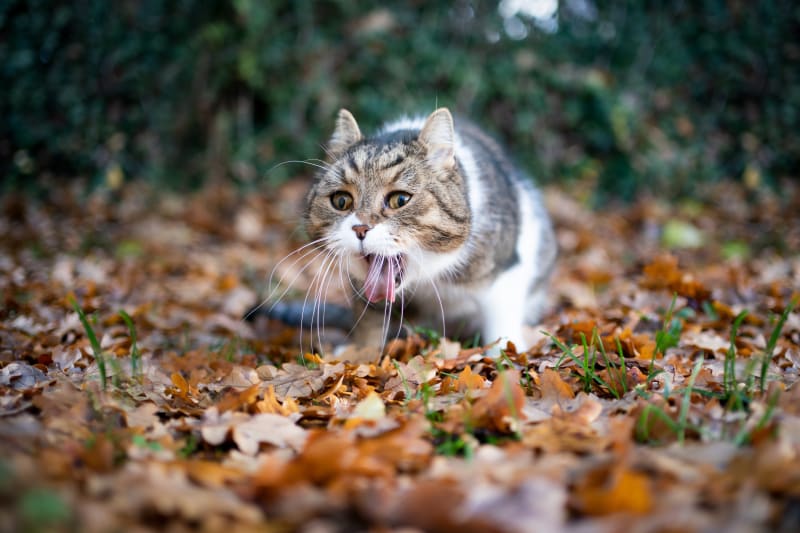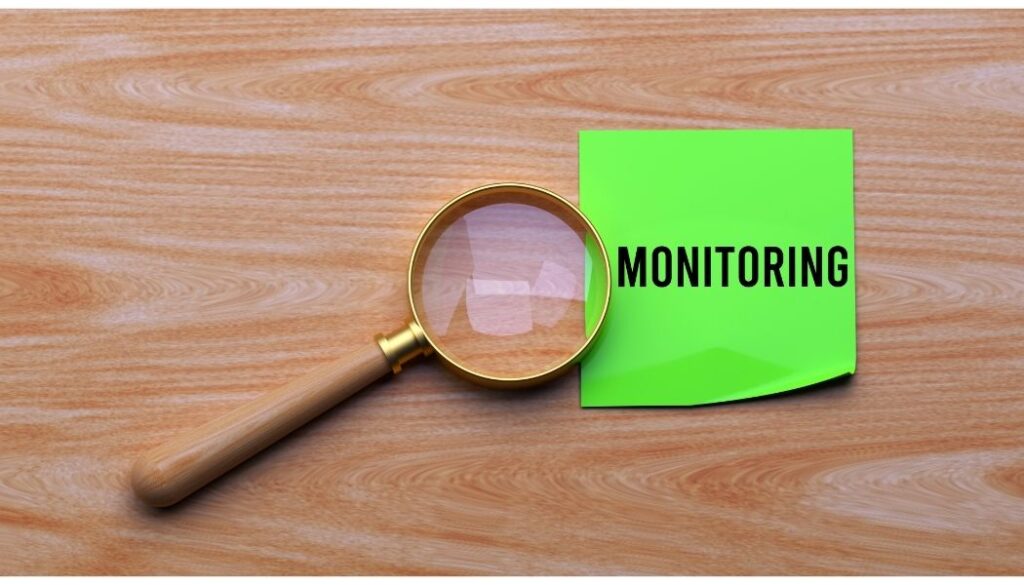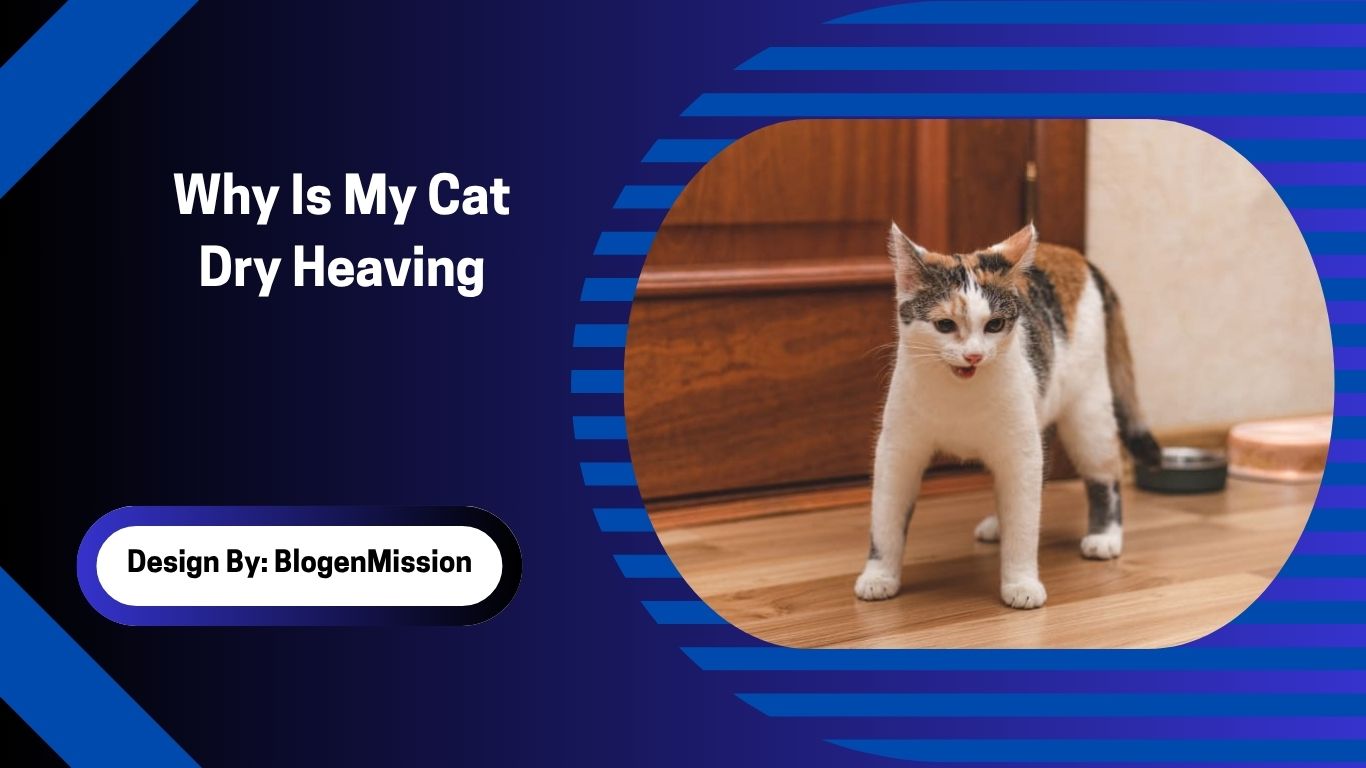Dry heaving in cats can result from hairballs, throat irritation, eating too fast, or underlying health issues. Occasional retching is common, but persistent dry heaving may require prompt veterinary attention.
Seeing your cat dry heave—mimicking vomiting without producing anything—is alarming. While it may occasionally signal something mild, repeated dry heaving can indicate underlying health issues. This guide covers potential causes, when to worry, home care and veterinary evaluation strategies.
What Is Dry Heaving in Cats?
Dry heaving in cats refers to forceful gagging or retching without bringing up food or liquid. Common behaviors include:
- Unproductive vomiting motions
- Gagging, arching neck, and drooling
- Swallowing repeatedly without regurgitating
- Repetition of waste-free retches over minutes
It differs from normal vomiting and may point to irritation or obstruction in the upper digestive or respiratory tract.
Common Causes of Cat Dry Heaving

1. Hairballs
Cats groom themselves and swallow hair that can form hairballs. If a hairball becomes large or is difficult to pass, it may trigger dry retching as the cat tries to expel it.
2. Gastrointestinal Irritation or Foreign Object
Inflammation from swallowing irritants, eating grass, or ingesting small foreign objects may irritate the esophagus or throat, causing dry heaves.
3. Nasal or Pharyngeal Issues
Conditions like nasal discharge, post-nasal drip, or throat inflammation from infections may trigger gagging. Retching may be driven by irritation even if the stomach is empty.
4. Respiratory Problems
Asthma, bronchitis, or upper respiratory infections can cause coughing and throat irritation, resulting in dry heaves that mimic gastrointestinal symptoms.
5. Pain or Neurological Causes
In rare cases, neurological disease, esophageal spasms, or neck pain may induce dry retching gestures, especially if the upper airway or nerve function is compromised.
6. Eating Too Quickly or Diet Changes
Eating food too fast can cause gulping air, regurgitation, or dry gagging. Abrupt diet changes or gastrointestinal sensitivity may also lead to retching without vomiting.
When to Be Concerned?
Reach out to your veterinarian if your cat exhibits:
- Frequent or prolonged dry heaving
- Signs of distress or pain
- Inability to eat, drink, or swallow
- Lethargy, weight loss, or diarrhea
- Bloody or black vomitus
- Difficulty breathing or wheezing
- Persistent gagging over several hours
These may indicate obstruction, infection, or chronic illness.
Home Care Tips for Mild Cases
- Encourage Hydration: Offer fresh water or low‑sodium broth. Hydration helps hairballs move and soothes throat irritation.
- Use Hairball Remedies: Cat-safe lubricants, high-fiber diets, or canned pumpkin can help hair travel through the digestive tract.
- Modify Feeding Habits: Feed smaller meals more frequently or use a slow-feed bowl to prevent gulping.
- Eliminate Irritants: Keep your cat away from dust, smoke, strong aromatics, or plants like grasses that could irritate the throat or stomach.
Diagnostic Process at the Vet
Veterinarians may perform:
- Physical exam and palpation of throat or abdomen
- X-rays or ultrasound to check for hairballs, foreign bodies, or masses
- Blood tests or thyroid panel if metabolic issues are suspected
- Endoscopy or rhinoscopy if vomiting stems from the throat, nose, or esophagus
- Respiratory assessment if asthma or upper infection is suspected
Once the cause is identified, your vet may prescribe medication or develop a treatment plan.
Treatment Options
✅ Medication & Dietary Adjustment
- Gastroprotective agents or anti‑nausea medication
- Hairball-specific formulas or high-wet diets to increase fiber and moisture
- Antibiotics if infection is diagnosed
✅ Removal of Hairball or Foreign Object
If imaging or scope identifies a blockage, your vet may perform endoscopic or surgical removal.
✅ Addressing Respiratory Causes
Cats with asthma or chronic respiratory disease may receive inhalers, nebulizer therapy, or steroids to reduce airway inflammation.
✅ Supportive Care for Chronic Conditions
Managing conditions like esophagitis, allergies, or neurological issues may involve long-term medication and monitoring.
Monitoring & When to Follow-Up

Keep track of:
- Frequency and timing of dry heaves
- Triggers—after eating, grooming, or play
- Appetite, weight, hydration, and energy levels
- Vomit, stool consistency, or other symptoms
Report worsening symptoms or new developments to your vet promptly.
Preventive Measures & Lifestyle Tips
- Regular grooming reduces hair ingestion
- Use brushing tools and high-fiber diets
- Keep indoor cats away from plants, dust, and strong scents
- Feed at a slower pace using puzzle feeders
- Regular vet checkups help detect early GI or respiratory changes
Summary Table
| Issue | Key Indicators | Suggested Action |
| Hairball-related dry heaves | Retching after grooming, mild gagging | Grooming, hairball remedy, monitor |
| Foreign body or obstruction | Sudden onset, distress, repeated gagging | Vet exam, imaging, possible removal |
| Respiratory or nasal irritation | Coughing, sneezing, wet discharge | Veterinary respiratory evaluation |
| Diet/feeding cause | After meals or rapid eating | Slow feeding, diet adjustment |
| Chronic infection or GI disease | Recurrent, weight loss, lethargy | Diagnostics, medication, long‑term care |
FAQs:
1. Can hairballs cause my cat to dry heave frequently?
Yes. Hairballs are a common cause of dry heaving, especially in long-haired cats. Regular grooming, high-fiber diets, and hairball remedies can help reduce frequency and discomfort associated with hairball-related retching.
2. Is dry heaving in cats always an emergency?
Not always. Occasional dry heaving isn’t typically serious. However, if it’s frequent, accompanied by distress, appetite loss, or lethargy, it may signal an obstruction or illness and should be evaluated by a veterinarian.
3. How can I help my cat at home with mild dry heaving?
You can encourage hydration, provide a hairball-control diet, and use slow-feed bowls. Keep their environment clean, avoid irritants, and monitor symptoms closely for any signs of worsening conditions.
4. Could fast eating cause my cat to dry heave?
Yes. Rapid eating can lead to gulping air or overfilling the stomach, triggering gag reflexes. Feeding smaller meals and using puzzle or slow-feed bowls can minimize the risk of dry heaving.
5. What should I tell the vet if my cat is dry heaving?
Provide details on how often it happens, when it started, any recent dietary changes, other symptoms like vomiting or coughing, and what seems to trigger the behavior (e.g., after grooming or meals).
Conclusion:
Dry heaving in cats can stem from common issues like hairballs or more serious problems like respiratory infections or obstructions. While mild, occasional episodes are often harmless, persistent or severe symptoms should not be ignored. Monitoring your cat’s behavior, making dietary adjustments, and maintaining regular grooming can help prevent and manage dry heaving. Always consult a veterinarian if you notice concerning patterns or accompanying symptoms. Early intervention ensures your cat’s comfort, health, and safety, helping you act before a minor issue becomes major.
Related Post:
- When To Euthanize A Cat With Seizures – Quality-of-Life Considerations!
- My Cat Sounds Congested When Breathing – Causes & Solutions!
- My Cat Is Limping But Acting Normal – Should You Be Worried!
